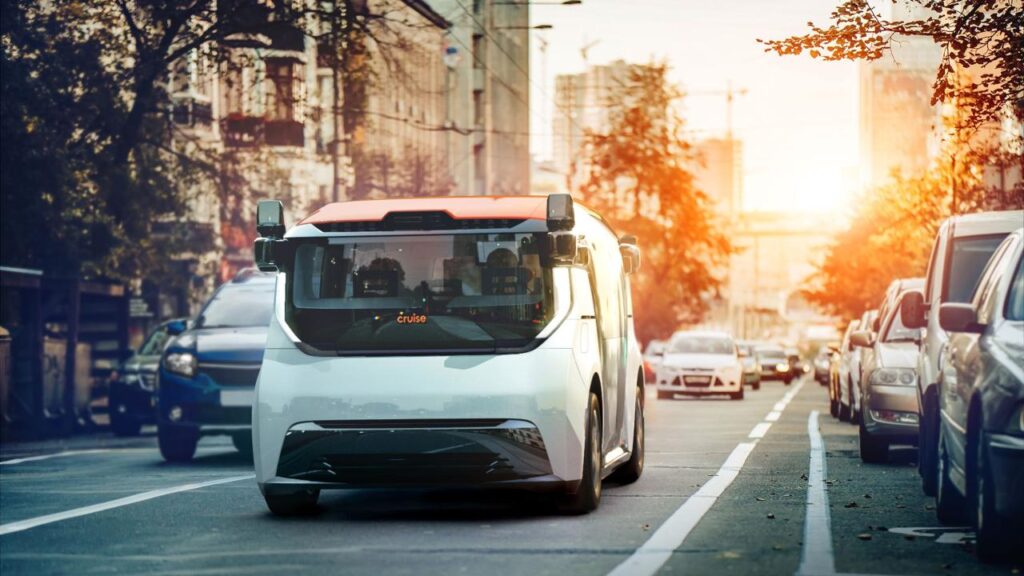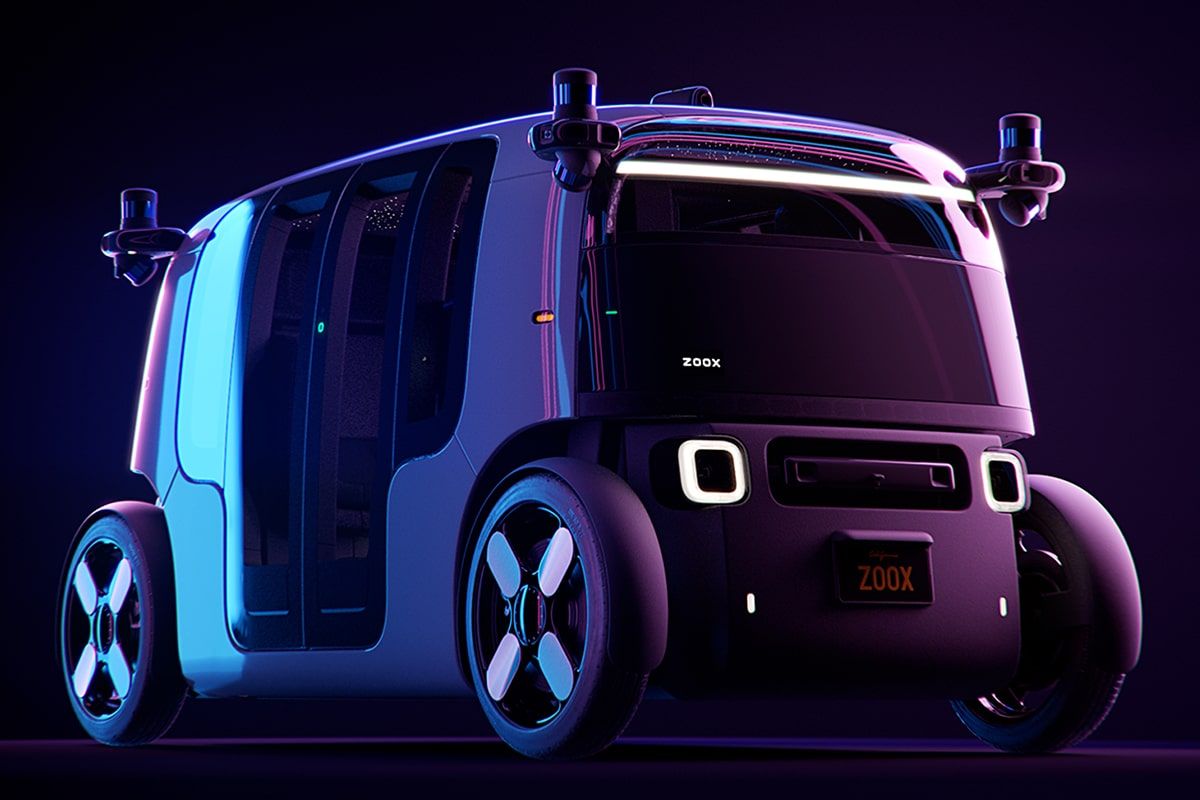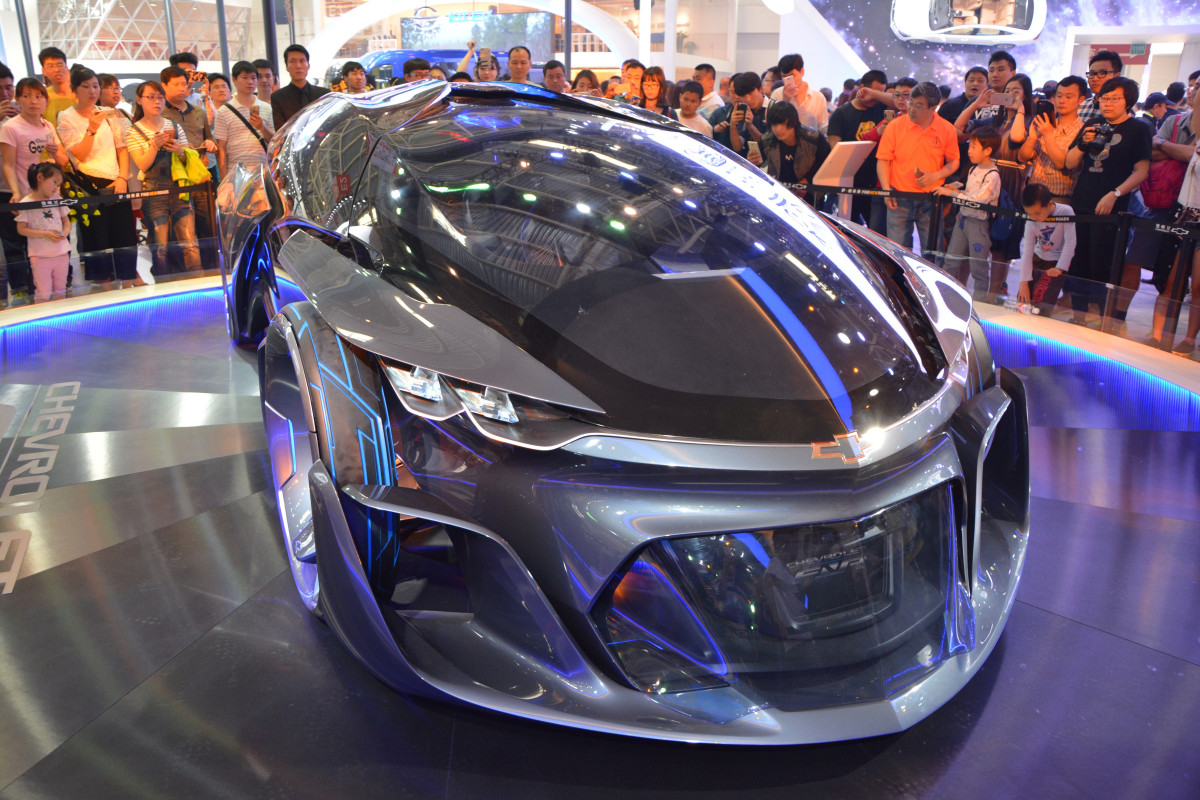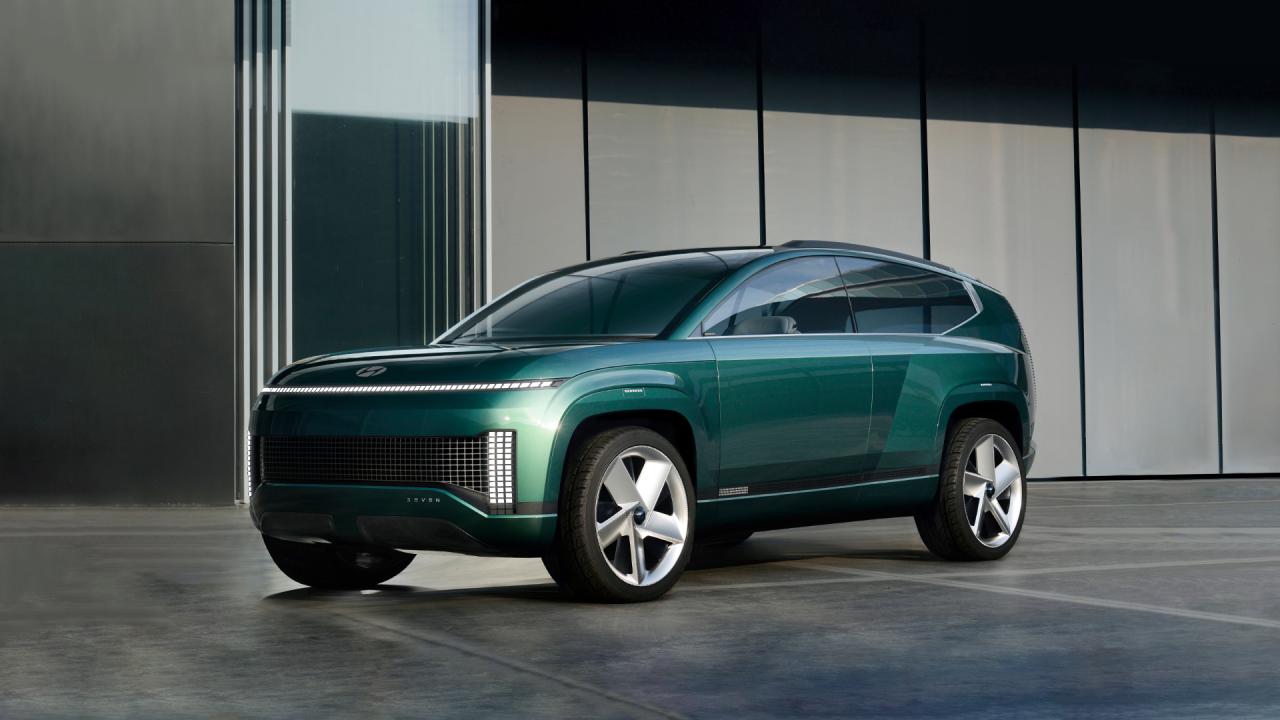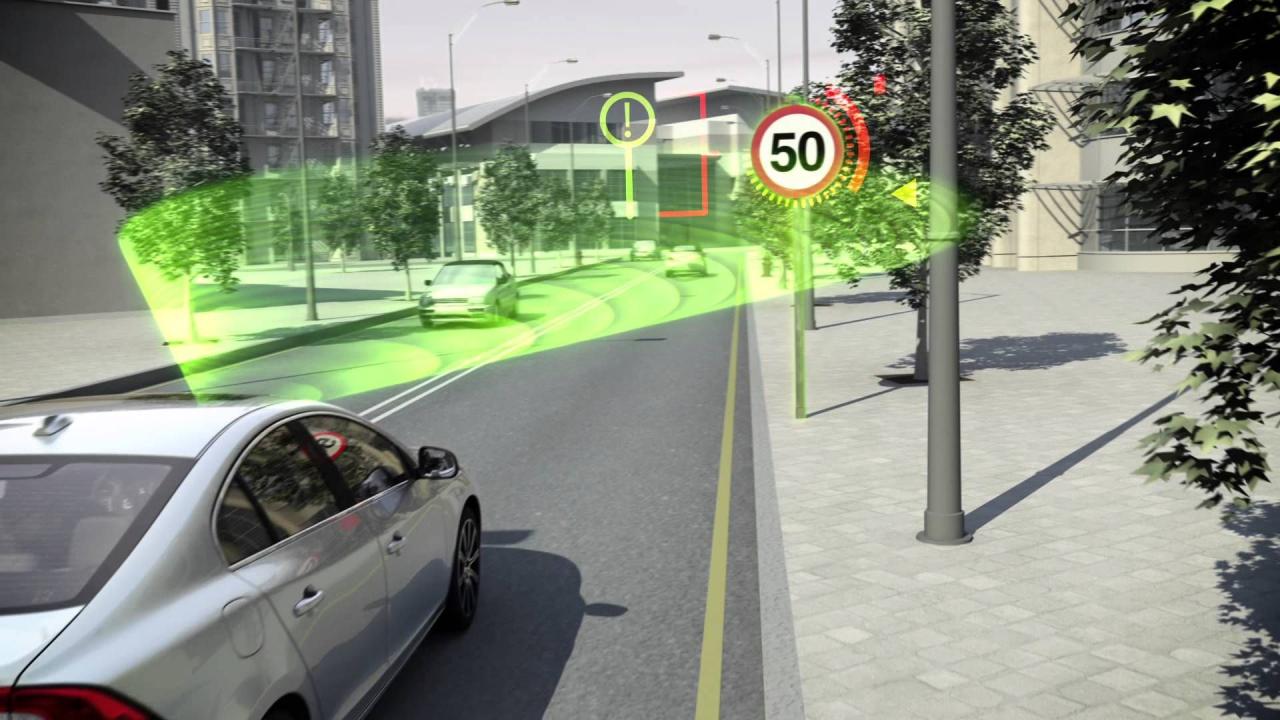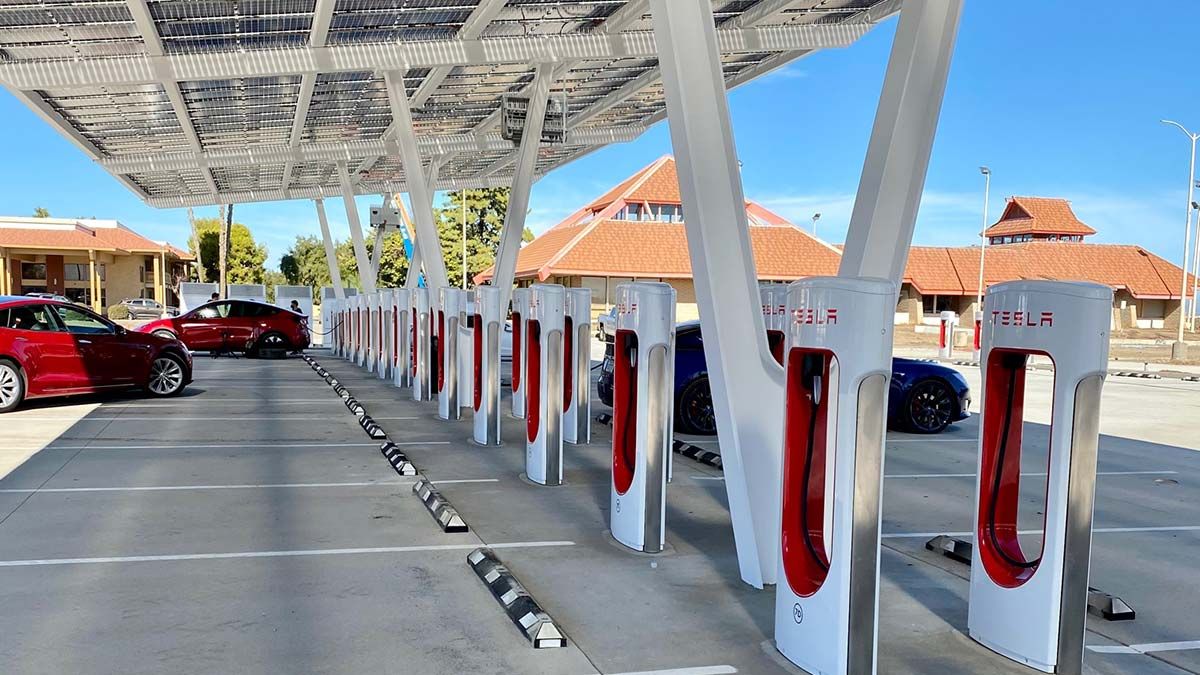The Driverless Revolution: Reshaping Supply Chains
The global supply chain, a complex web of interconnected processes that moves goods from their origin to consumers, is on the verge of its most significant overhaul in decades. At the heart of this transformation lies the emergence of autonomous fleets, driverless vehicles poised to fundamentally reshape how logistics operates. This isn’t a futuristic fantasy; it’s a rapidly approaching reality that promises unprecedented levels of efficiency, safety, and cost-effectiveness. From long-haul trucking to last-mile delivery, autonomous fleets are set to become the backbone of next-generation logistics, driving a revolution that extends far beyond the roads into warehouses, ports, and even urban planning.
The Evolution of Automation in Logistics: From Forks to Fleets
Automation in logistics is hardly a new concept. For decades, warehouses have utilized automated guided vehicles (AGVs), robotic arms for picking and packing, and sophisticated conveyor systems to streamline operations. The advent of the internet and e-commerce further accelerated the need for faster, more precise logistics, leading to the development of highly automated distribution centers. However, the most challenging and historically human-centric aspect of logistics has always been transportation itself – the movement of goods over vast distances and through complex urban environments.
The push for autonomous fleets in this domain is a direct response to several critical pressures: a persistent shortage of human drivers, rising fuel costs, increasing demand for faster delivery times, and the inherent risks associated with human-driven vehicles. Early forays into autonomous transport involved highly controlled environments, like automated trains in mines or fully robotic systems within private industrial parks. The real paradigm shift began when companies started to envision extending this autonomy to public roads and open environments. This journey, from isolated automated systems to interconnected, self-driving fleets, represents a colossal leap, promising to redefine the very flow of commerce.
The Architecture of Autonomous Logistics: Key Technological Pillars
The operational success of autonomous fleets hinges on a sophisticated interplay of hardware, software, and communication technologies, each meticulously designed to enable perception, decision-making, and execution in dynamic environments.
A. Advanced Sensor Arrays: The Eyes and Ears of the Fleet. i. Lidar (Light Detection and Ranging): Essential for generating highly accurate, real-time 3D maps of the environment. Lidar units emit millions of laser pulses per second, measuring the time it takes for them to return, creating a dense “point cloud.” This allows autonomous vehicles to precisely detect obstacles, map road contours, and localize themselves with centimeter-level accuracy, even in challenging lighting conditions. For large trucks, multiple Lidar units provide a comprehensive 360-degree view. ii. Radar (Radio Detection and Ranging): Radar excels in detecting objects and measuring their speed and distance, particularly effective in adverse weather conditions where optical sensors might struggle (e.g., heavy rain, fog, snow). Its ability to penetrate through precipitation makes it crucial for maintaining situational awareness in conditions that would typically impair human vision or other sensors. Long-range radar is critical for highway speeds, while short-range radar assists with blind-spot monitoring and low-speed maneuvers. iii. Cameras: High-resolution cameras provide rich visual data, enabling the system to identify lane markings, traffic signs, traffic lights, pedestrians, and other vehicles. They are fundamental for object classification (e.g., distinguishing a car from a motorcycle) and understanding the semantic context of the driving environment (e.g., recognizing construction cones or temporary detours). Multiple cameras provide redundant perception and wider fields of view. iv. Ultrasonic Sensors: These short-range sensors use sound waves to detect nearby objects, typically within a few meters. They are invaluable for parking, docking maneuvers, navigating tight spaces in warehouses or loading docks, and preventing low-speed collisions where precise proximity awareness is needed.
B. High-Performance Computing & AI: The Brains of the Operation. i. Onboard Computing Platforms: Processing the immense volume of data generated by an array of sensors in real-time requires extraordinarily powerful, ruggedized onboard computers. These systems are designed to perform billions of operations per second, often incorporating specialized GPUs (Graphics Processing Units) and AI accelerators optimized for deep learning algorithms. Low latency is paramount to ensure rapid decision-making. ii. Artificial Intelligence (AI) and Machine Learning (ML): This is the core intelligence behind autonomous fleets. AI algorithms analyze sensor data to perform tasks like: * Perception: Identifying and tracking all dynamic and static objects in the environment. * Prediction: Anticipating the likely future movements of other road users (e.g., a car changing lanes, a pedestrian stepping into the road). * Planning: Calculating the optimal and safest trajectory for the vehicle, considering speed limits, traffic laws, road conditions, and predicted behaviors. * Decision-Making: Executing actions such as accelerating, braking, steering, and changing lanes. Machine learning, particularly deep learning with neural networks trained on vast datasets from real-world driving and simulation, enables continuous improvement and the ability to handle novel or ambiguous situations.
C. Precision Mapping and Localization: Autonomous fleets rely on highly detailed maps that go far beyond typical navigation systems. i. High-Definition (HD) Maps: These maps contain rich, granular details such as lane configurations, road curvature, traffic light locations, sign precise positions, and even road markings, often accurate to within a few centimeters. They provide a foundational understanding of the environment. ii. Real-time Localization: Using sensor data fused with GPS, Inertial Measurement Units (IMUs), and comparisons to HD maps, the vehicle precisely determines its exact position and orientation on the road at all times. This “localization” is critical for accurate path planning and safe navigation, especially in dynamic or GPS-denied environments.
D. Connectivity (V2X Communication) & Fleet Management Systems: For individual autonomous vehicles to function as a cohesive “fleet,” robust communication and central management are essential. i. V2X (Vehicle-to-Everything) Communication: This enables real-time data exchange between vehicles and their surroundings: * V2V (Vehicle-to-Vehicle): Autonomous trucks can communicate with each other, enabling platooning (driving in close, aerodynamic convoys to save fuel) and sharing information about road conditions or hazards ahead. * V2I (Vehicle-to-Infrastructure): Communication with smart infrastructure (traffic lights, roadside units) can optimize routes, provide advance warning of congestion, or coordinate seamless passage through intersections. * V2N (Vehicle-to-Network): Constant communication with a central fleet management system for mission updates, over-the-air (OTA) software updates, remote monitoring, and dispatching. ii. Centralized Fleet Management Platforms: These sophisticated software platforms are crucial for optimizing routes, scheduling deliveries, monitoring vehicle health and location, remotely assisting vehicles if needed, and managing entire networks of autonomous assets. They ensure seamless coordination and maximum utilization of the fleet.
The Transformative Impact of Autonomous Fleets on Logistics
The widespread deployment of autonomous fleets promises to revolutionize every facet of the logistics and supply chain industry, delivering benefits that are both profound and far-reaching.
A. Enhanced Safety and Accident Reduction: Human error, including fatigue, distraction, and impairment, is the leading cause of trucking accidents. Autonomous trucks, free from these human limitations, have the potential to drastically reduce collisions, saving lives, preventing injuries, and minimizing property damage. Their consistent adherence to traffic laws, 360-degree awareness, and faster reaction times can make highways significantly safer for all road users. This also translates to lower insurance costs and less downtime due to accidents.
B. Significant Cost Reductions: Labor costs, primarily driver wages and benefits, constitute a substantial portion (often 30-50%) of trucking operational expenses. Autonomous fleets can eliminate or drastically reduce these costs. Furthermore, their ability to drive more consistently and efficiently can lead to substantial fuel savings (e.g., through platooning or optimized acceleration/braking). Reduced accidents also mean lower repair and insurance expenses. This collective cost reduction can translate into more competitive pricing for goods and increased profitability for logistics companies.
C. Increased Efficiency and Throughput: Autonomous vehicles can operate 24/7 without the need for mandated rest breaks, effectively eliminating downtime and maximizing asset utilization. This “always-on” capability allows for significantly faster delivery times and higher throughput, directly addressing the growing demand for rapid e-commerce fulfillment. Route optimization algorithms, combined with real-time traffic data via V2X, ensure the most efficient paths are taken, bypassing congestion and delays.
D. Mitigation of Driver Shortages: The logistics industry, particularly trucking, faces a severe and worsening global shortage of qualified drivers. Autonomous fleets offer a sustainable solution to this critical labor challenge, ensuring that goods can continue to move efficiently even as driver demographics shift and demand escalates. This allows human talent to be reallocated to other essential roles within the logistics ecosystem, such as fleet management, maintenance, or complex urban deliveries requiring human oversight.
E. Environmental Sustainability: Optimized driving patterns, reduced idling, platooning, and the eventual integration of electric autonomous trucks will lead to significant reductions in greenhouse gas emissions and air pollution. This not only contributes to global climate goals but also improves air quality in urban areas, leading to better public health outcomes. Autonomous systems can prioritize fuel-efficient routes and driving styles, reducing the carbon footprint of transportation.
F. New Business Models and Service Offerings: The rise of autonomous fleets will enable entirely new logistics business models. This includes “transportation-as-a-service” (TaaS) models where companies can subscribe to autonomous capacity on demand, rather than owning large fleets. It will also foster specialized autonomous delivery services for specific industries, and potentially lead to more granular, real-time tracking and supply chain visibility, allowing for unprecedented levels of coordination and optimization across the entire network.
G. Improved Urban Logistics and Last-Mile Delivery: Autonomous vehicles, from large trucks handling hub-to-hub transfers to smaller robotic delivery vehicles for the “last mile,” can drastically improve urban logistics. They can reduce congestion in cities by optimizing delivery schedules, potentially operating during off-peak hours, and by using smaller, quieter electric vehicles for final delivery to homes and businesses. This can make urban areas more livable and efficient.
Challenges and Hurdles: Navigating the Complex Road Ahead
Despite the immense promise, the widespread adoption of autonomous fleets in logistics faces a multitude of complex challenges that must be systematically addressed.
A. Regulatory and Legal Frameworks: Perhaps the most significant hurdle is the absence of comprehensive, consistent, and harmonized regulatory and legal frameworks. Questions of liability in the event of an accident (who is responsible: the manufacturer, the fleet operator, the software provider?), robust certification processes, cross-jurisdictional operating permits, and data privacy regulations all need clear answers. Different rules in different states or countries can severely impede the scalability of autonomous trucking operations.
B. Public Acceptance and Trust: Building public trust and acceptance is paramount. High-profile accidents, even if rare, can severely undermine public confidence in autonomous technology. Overcoming the inherent human skepticism about large, driverless vehicles sharing the road, and ensuring public understanding of their safety benefits, requires extensive public education campaigns and transparent communication from industry and regulators.
C. Adverse Weather and Unforeseen Conditions: While significant progress has been made, operating reliably and safely in all adverse weather conditions (e.g., heavy snow, dense fog, torrential rain, ice) remains a formidable technical challenge. These conditions can severely degrade sensor performance and create unpredictable road surfaces. Similarly, dealing with highly dynamic and unpredictable scenarios not encountered in simulations (e.g., sudden road closures, unusual debris, erratic human behavior) requires advanced levels of robust decision-making.
D. Cybersecurity Risks: As autonomous fleets become increasingly connected and software-dependent, they present attractive targets for cyberattacks. A successful hack could lead to widespread disruption, data theft, or even direct control of vehicles, posing catastrophic safety and economic risks. Developing multi-layered, state-of-the-art cybersecurity defenses and protocols is critical for protecting these vital assets.
E. Infrastructure Requirements and Digital Mapping: While autonomous vehicles can theoretically operate on existing roads, optimized deployment may require certain infrastructure upgrades (e.g., improved lane markings, smart traffic signals with V2I communication capabilities). Maintaining highly accurate, up-to-date HD maps across vast and constantly changing road networks is also an immense and ongoing data management challenge.
F. Job Displacement and Workforce Transition: The widespread adoption of autonomous fleets, particularly in long-haul trucking, will undoubtedly lead to significant job displacement for human drivers. This necessitates proactive societal planning, including comprehensive retraining programs, educational initiatives, and social safety nets to help affected workers transition into new roles within the evolving logistics landscape (e.g., remote operators, fleet supervisors, maintenance technicians, data analysts).
G. Cost of Implementation and Scalability: The initial capital investment required for autonomous trucks, including their advanced sensor suites and computing platforms, is substantial. While long-term operational cost savings are projected, the upfront investment and the time required to scale fleets to a significant size pose financial hurdles that require strategic planning and substantial funding.
The Future Landscape: Autonomy at Every Link
The future of logistics will increasingly be defined by autonomy at every link of the supply chain, creating an interconnected, intelligent network.
A. Hub-to-Hub Autonomous Trucking: The initial widespread deployment of Level 4 autonomous trucks will likely focus on predictable, long-haul highway routes between designated logistics hubs. These “middle mile” routes minimize complex urban driving scenarios, allowing for efficient, continuous operation. Human drivers may handle the first and last mile in urban areas, a model known as “transfer hubs” or “drop-and-hook” operations.
B. Automated Warehouses and Distribution Centers: Warehouses will become even more highly automated, with autonomous forklifts, robotic picking systems, and drones working in seamless concert with autonomous trucks arriving at loading docks. This internal automation will synchronize with external fleet movements, creating a truly end-to-end autonomous flow.
C. Last-Mile Autonomous Delivery: Smaller autonomous vehicles, from sidewalk robots to delivery vans, will increasingly handle the final leg of deliveries in urban and suburban areas. These vehicles will be designed to navigate complex pedestrian environments, often operating with remote human supervision initially, before achieving full autonomy.
D. Intermodal Integration: Autonomous technologies will extend to other modes of transport, including autonomous freight trains, automated port cranes, and potentially even autonomous cargo ships. The goal is to create a fully integrated, multi-modal autonomous logistics network, where goods seamlessly transfer between different autonomous transportation methods with minimal human intervention.
E. Data-Driven Optimization: The sheer volume of data generated by autonomous fleets will power sophisticated AI analytics, enabling unparalleled optimization of routes, scheduling, inventory management, and predictive maintenance. This data-driven approach will lead to highly resilient and efficient supply chains capable of adapting to real-time demands and disruptions.
The transformation brought by autonomous fleets isn’t just about faster deliveries; it’s about building a fundamentally more resilient, efficient, and sustainable global supply chain. This driverless revolution will reshape economies, alter urban landscapes, and redefine the very nature of work, ushering in a new era of logistics that is truly intelligent and endlessly adaptable. The “next big leap” is already in motion, driving us towards a more automated, interconnected, and optimized future for how goods move around the world.

